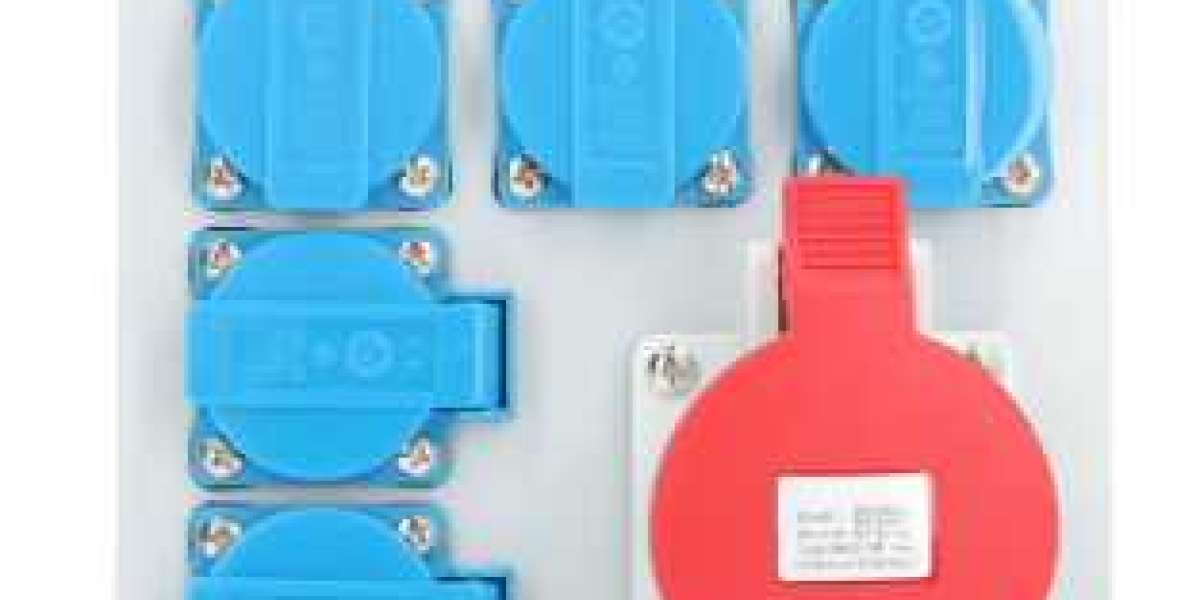In today’s fast-paced industrial landscape, temporary power solutions like the portable industrial socket box have become indispensable for construction sites, outdoor events, and emergency response scenarios. With extreme weather events increasing globally and industries prioritizing rapid deployment of infrastructure, optimizing these systems isn’t just a convenience—it’s a necessity for safety and productivity.
Prioritize Adaptive Design for Harsh Environments
Modern worksites demand equipment that withstands unpredictable conditions. A well-optimized portable industrial socket box integrates advanced weatherproofing materials, such as corrosion-resistant polymers and reinforced seals, to maintain functionality in rain, dust, or sub-zero temperatures. This aligns with the growing emphasis on climate-resilient infrastructure, particularly as industries expand into remote or environmentally sensitive areas. For example, modular designs allow quick reconfiguration of outlets to support heavy machinery, lighting rigs, or medical equipment during disaster relief operations—a critical feature as global humanitarian efforts intensify in 2025.
Implement Smart Load Management
The rise of IoT-enabled devices has transformed temporary power systems. Advanced socket boxes now incorporate real-time monitoring to prevent overloads, a common risk in high-demand settings like film productions or temporary healthcare facilities. By balancing energy distribution dynamically, these systems reduce downtime and fire hazards. This innovation mirrors broader trends in industrial automation, where predictive maintenance and energy efficiency dominate corporate sustainability agendas.
Integrate Renewable Energy Compatibility
With governments and corporations accelerating green energy transitions, temporary power solutions must adapt. Optimized socket boxes now support hybrid systems that pair traditional generators with solar panels or battery storage. This dual approach not only cuts carbon footprints but also ensures uninterrupted power during fuel shortages—a pressing concern amid fluctuating energy markets. For outdoor festivals or eco-conscious construction projects, this feature enhances brand credibility while meeting stricter environmental regulations.
Enhance User Safety Through Ergonomic Engineering
Worker safety remains a top priority. Modern designs eliminate exposed wiring and incorporate color-coded, tamper-proof outlets to prevent accidental disconnections. Insulated screwless terminals and intuitive locking mechanisms ensure secure connections even in high-vibration environments like mining or transportation hubs. These improvements align with global occupational safety campaigns, particularly as industries face heightened scrutiny over workplace accidents.
Customize for Industry-Specific Needs
One-size-fits-all solutions no longer suffice. In 2025, industries require tailored configurations—whether it’s explosion-proof models for oil refineries, ultra-compact units for urban renovation projects, or silent-operating boxes for nighttime events. Modular accessories like retractable cable organizers or USB-C ports further enhance versatility, catering to diverse client needs while reducing setup time.
Conclusion
As industries navigate 2025’s challenges—from climate adaptation to tech-driven efficiency—the humble portable industrial socket box has evolved into a strategic asset. By embracing adaptive materials, smart technology, and renewable integration, businesses can future-proof their operations while safeguarding teams and resources. For cutting-edge solutions that balance innovation with reliability, explore the latest advancements at www.nante.com, where engineering meets tomorrow’s demands today.








